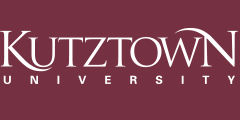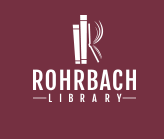Publication Date
4-7-2018
Abstract
Creative coding is the act of computer programming intended to create aesthetic artifacts in one or more digital media such as graphical images, animated videos, computer games, or musical performances. Visual artists and musicians use computers to compose, to render, and to perform. Algorithms remain as important as they are for any computer program, but their intent is to inspire, or at least to entertain, in contrast to more utilitarian applications of algorithms. This paper outlines the software structures and aesthetic perspectives of two novel algorithms for the creative manipulation of pixels in the Processing language. The first algorithm focuses on manipulating a digital canvas after it has been painted by a set of animated virtual paintbrushes. The metaphor is visual memory, where a digital canvas remembers what was painted during prior animated frames, making manipulation of those memories accessible to the artist. The second algorithm focuses on using an image processing pipeline to analyze and fragment copies of a photographic image for use in screening the original image. The inspiration is visual processing by the brain, in which different areas of the brain handle different aspects of stimuli arriving via the optic nerves before integrating them into a composite image.
Recommended Citation
Proceedings of the 33rd Annual Spring Conference of the Pennsylvania Computer and Information Science Educators (PACISE) Shippensburg University of PA, Shippensburg, PA, April 6-7, 2018. This won the Best Faculty Paper award.



Comments
The PA statewide PACISE conference does not execute a transfer of copyright. It requires only permission to publish. Therefore, I am submitting this paper under Creative Commons Attribution 4.0 International (CC BY 4.0).